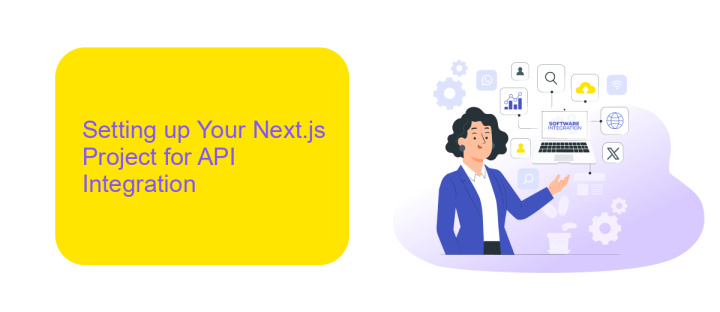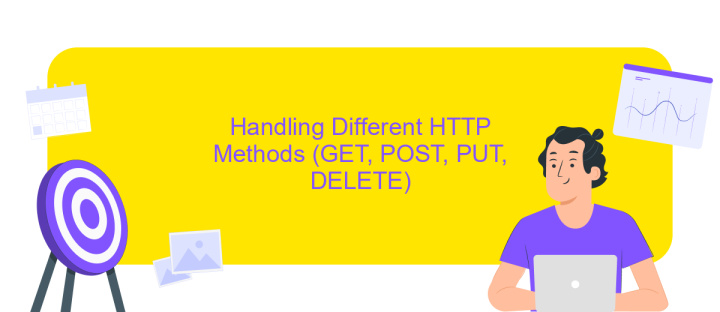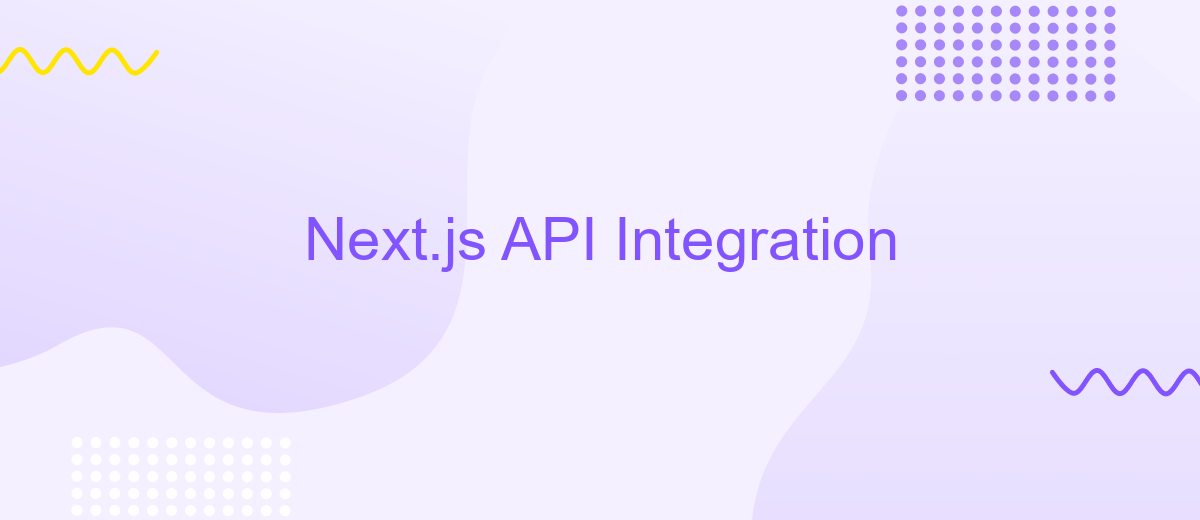Next.js API Integration
In the ever-evolving landscape of web development, integrating APIs efficiently is crucial for building dynamic and responsive applications. Next.js, a powerful React-based framework, offers robust tools for seamless API integration. This article delves into the essentials of leveraging Next.js to connect with external APIs, streamline data fetching, and enhance user experiences, ultimately empowering developers to create feature-rich applications with ease and efficiency.
Introduction to Next.js API Routes
Next.js, a popular React framework, provides a powerful feature called API Routes, which allows developers to build API endpoints directly within their Next.js applications. This capability simplifies the process of creating server-side logic and handling requests, all without the need for an external server or additional setup. With API Routes, developers can seamlessly integrate backend functionality into their applications, making it easier to manage data fetching, authentication, and other server-side operations.
- API Routes are defined in the
pages/apidirectory. - Each file in this directory corresponds to a unique endpoint.
- They support all HTTP methods, such as GET, POST, PUT, and DELETE.
- API Routes can be secured using middleware or custom authentication logic.
- They are automatically compiled and optimized by Next.js.
By leveraging Next.js API Routes, developers can create robust, scalable applications with ease. This feature not only enhances the development experience but also ensures that applications remain performant and maintainable. Whether you're building a simple site or a complex application, API Routes offer the flexibility and power needed to handle various server-side tasks efficiently.
Setting up Your Next.js Project for API Integration

To begin setting up your Next.js project for API integration, first ensure that you have Node.js installed on your machine. Create a new Next.js project by running npx create-next-app in your terminal, followed by your project name. Navigate into your project directory and open it in your preferred code editor. Next.js provides a powerful framework for building server-rendered React applications, making it ideal for integrating with APIs. Within the project, create a new folder named api inside the pages directory. This is where your API routes will reside. You can now add JavaScript files to define your API endpoints.
For efficient API integration, consider using ApiX-Drive, a service that simplifies data transfer between applications without coding. ApiX-Drive can help automate data exchange between your Next.js application and other platforms, enhancing productivity and efficiency. To use ApiX-Drive, sign up on their website and follow the integration instructions to connect your Next.js app with external APIs. This approach allows you to focus on building features while ApiX-Drive handles the complex integration logic. By leveraging these tools, you can streamline your development process and ensure seamless API interactions within your Next.js project.
Handling Different HTTP Methods (GET, POST, PUT, DELETE)

When integrating APIs with Next.js, handling different HTTP methods is crucial for building versatile applications. Each HTTP method serves a specific purpose: GET retrieves data, POST sends new data, PUT updates existing data, and DELETE removes data. Understanding how to implement these methods allows for effective communication with APIs.
- GET: Use this method to fetch data from an API. In Next.js, you can handle GET requests by using the
getServerSidePropsorgetStaticPropsfunctions to retrieve data during server-side rendering. - POST: This method is used to send new data to the server. Implement POST requests in Next.js by using the
fetchAPI with the method set to 'POST', often accompanied by a JSON payload. - PUT: To update existing data, use the PUT method. Similar to POST, use the
fetchAPI with the method set to 'PUT' and include the updated data in the request body. - DELETE: For removing data, the DELETE method is used. Execute DELETE requests using the
fetchAPI with the method set to 'DELETE', specifying the resource to be deleted.
By effectively handling these HTTP methods, developers can create robust Next.js applications that interact seamlessly with various APIs, ensuring data is managed efficiently and securely.
Connecting to External APIs and Databases

Integrating external APIs and databases into your Next.js application can significantly enhance its functionality. By connecting to external services, you can leverage data and features beyond your own infrastructure. This process involves setting up API requests and managing responses, as well as configuring database connections to store and retrieve data efficiently.
To get started, you'll need to identify the APIs and databases that best suit your application's needs. Once identified, you can use built-in Next.js features, such as API routes, to facilitate communication between your application and these external resources. Proper error handling and data validation are crucial to ensure the reliability and security of your integration.
- Identify and authenticate with the chosen API or database.
- Set up API routes in Next.js to handle requests and responses.
- Implement error handling and data validation mechanisms.
- Test the integration thoroughly to ensure seamless operation.
By effectively connecting to external APIs and databases, you can expand the capabilities of your Next.js application. This enables you to provide users with dynamic content and robust features, while maintaining a scalable and efficient architecture. Always keep security in mind, ensuring that sensitive data is protected throughout the process.
Advanced API Route Techniques and Best Practices
When working with Next.js API routes, leveraging advanced techniques can significantly enhance the performance and scalability of your applications. One effective method is to implement middleware for tasks such as authentication, logging, or rate limiting. Middleware functions can be reused across multiple API routes, promoting code reusability and maintainability. Additionally, consider using caching strategies to reduce latency and server load. Implementing server-side caching or leveraging client-side caching headers can optimize data retrieval and improve user experience.
Another best practice is to ensure robust error handling in your API routes. By providing clear and concise error messages, you can enhance debugging and improve client-side error management. Furthermore, integrating with external automation services like ApiX-Drive can streamline complex workflows by connecting your API with various third-party applications. ApiX-Drive facilitates seamless integration, allowing you to automate data transfers and synchronize between platforms without manual effort. By adopting these advanced techniques and best practices, you can build efficient, scalable, and maintainable API routes that meet modern web application demands.
FAQ
What is Next.js API integration, and why is it useful?
How do I fetch data from an external API in Next.js?
How can I handle API errors in a Next.js application?
What are some best practices for integrating APIs in a Next.js project?
How can I automate API integration workflows in a Next.js application?
Routine tasks take a lot of time from employees? Do they burn out, do not have enough working day for the main duties and important things? Do you understand that the only way out of this situation in modern realities is automation? Try Apix-Drive for free and make sure that the online connector in 5 minutes of setting up integration will remove a significant part of the routine from your life and free up time for you and your employees.

